当前位置:网站首页>Realizing deep learning framework from zero -- LSTM from theory to practice [practice]
Realizing deep learning framework from zero -- LSTM from theory to practice [practice]
2022-07-05 19:17:00 【Angry coke】
introduction
In line with “ Everything I can't create , I can't understand ” Thought , This series The article will be based on pure Python as well as NumPy Create your own deep learning framework from zero , The framework is similar PyTorch It can realize automatic derivation .
Deep understanding and deep learning , The experience of creating from scratch is very important , From an understandable point of view , Try not to use an external complete framework , Implement the model we want . This series The purpose of this article is through such a process , Let us grasp the underlying realization of deep learning , Instead of just being a switchman .
Last article in , We learned LSTM Theoretical part . And in RNN The actual combat part of , We saw how to achieve multi tier RNN And two way RNN. Again , What is achieved here LSTM It also supports multilayer and bidirectional .
LSTMCell
class LSTMCell(Module):
def __init__(self, input_size, hidden_size: int, bias: bool = True) -> None:
super(LSTMCell, self).__init__()
# Combined x->input gate; x-> forget gate; x-> g ; x-> output gate Linear transformation of
self.input_trans = Linear(hidden_size, 4 * hidden_size, bias=bias)
# Combined h->input gate; h-> forget gate; h-> g ; h-> output gate Linear transformation of
self.hidden_trans = Linear(input_size, 4 * hidden_size, bias=bias)
def forward(self, x: Tensor, h: Tensor, c: Tensor) -> Tuple[Tensor, Tensor]:
# i: input gate
# f: forget gate
# o: output gate
# g: g_t
ifgo = self.input_trans(h) + self.hidden_trans(x)
ifgo = F.chunk(ifgo, 4, -1)
# Calculate three doors at one time And g_t
i, f, g, o = ifgo
c_next = F.sigmoid(f) * c + F.sigmoid(i) * F.tanh(g)
h_next = F.sigmoid(o) * F.tanh(c_next)
return h_next, c_next
In the implementation, I refer to the last reference article , take x and h Related linear transformations separate :
i t = Linear x i ( x t ) + Linear h i ( h t − 1 ) f t = Linear x f ( x t ) + Linear h f ( h t − 1 ) g t = Linear x g ( x t ) + Linear h g ( h t − 1 ) o t = Linear x o ( x t ) + Linear h o ( h t − 1 ) (1) \begin{aligned} i_t &= \text{Linear}^i_x(x_t) + \text{Linear}^i_h(h_{t-1}) \\ f_t &= \text{Linear}^f_x(x_t) + \text{Linear}^f_h(h_{t-1}) \\ g_t &= \text{Linear}^g_x(x_t) + \text{Linear}^g_h(h_{t-1}) \\ o_t &= \text{Linear}^o_x(x_t) + \text{Linear}^o_h(h_{t-1}) \\ \end{aligned} \tag{1} itftgtot=Linearxi(xt)+Linearhi(ht−1)=Linearxf(xt)+Linearhf(ht−1)=Linearxg(xt)+Linearhg(ht−1)=Linearxo(xt)+Linearho(ht−1)(1)
For example, formula ( 3 ) (3) (3) Of i t = σ ( U i h t − 1 + W i x t ) i_t = \sigma(U_ih_{t-1} + W_ix_t) it=σ(Uiht−1+Wixt) in σ \sigma σ The parameter part of can be changed to :
U i h t − 1 + W i x t ⇒ i t = Linear x i ( x t ) + Linear h i ( h t − 1 ) U_ih_{t-1} + W_ix_t \Rightarrow i_t = \text{Linear}^i_x(x_t) + \text{Linear}^i_h(h_{t-1}) Uiht−1+Wixt⇒it=Linearxi(xt)+Linearhi(ht−1)
Then we can combine similar linear transformations , For example, combination x t x_t xt Related linear transformation : Linear x i ( x t ) , Linear x f ( x t ) , Linear x g ( x t ) , Linear x o ( x t ) \text{Linear}^i_x(x_t),\text{Linear}^f_x(x_t),\text{Linear}^g_x(x_t),\text{Linear}^o_x(x_t) Linearxi(xt),Linearxf(xt),Linearxg(xt),Linearxo(xt) by :
self.input_trans = Linear(hidden_size, 4 * hidden_size, bias=bias)
Similarly ,hidden_trans Empathy . The reason for this is to speed up the calculation , We only need to do one linear operation , You can get four results .
adopt
ifgo = self.input_trans(h) + self.hidden_trans(x) \tag 2
The results of these four important values are obtained , But they are spliced into a tensor . And then use it
ifgo = F.chunk(ifgo, 4, -1)
Split them into tuples containing four values ,
i, f, g, o = ifgo
In this way, we get the parameter value in the corresponding function , Add the corresponding Sigmoid Function or Tanh Function can get the value we want .
Next, calculate c t c_t ct:
c t = σ ( f t ) ⊙ c t − 1 + σ ( i t ) ⊙ tanh ( g t ) (3) c_t = \sigma(f_t) \odot c_{t-1} + \sigma(i_t) \odot \tanh(g_t) \tag 3 ct=σ(ft)⊙ct−1+σ(it)⊙tanh(gt)(3)
The corresponding code :
c_next = F.sigmoid(f) * c + F.sigmoid(i) * F.tanh(g)
And then according to o t o_t ot and c t c_t ct Calculate hidden state h t h_t ht:
h t = σ ( o t ) ⊙ tanh ( c t ) (4) h_t = \sigma(o_t) \odot \tanh(c_t) \tag 4 ht=σ(ot)⊙tanh(ct)(4)
The corresponding code :
h_next = F.sigmoid(o) * F.tanh(c_next)
LSTM
With LSTMCell You can achieve complete LSTM 了 .
class LSTM(Module):
def __init__(self, input_size: int, hidden_size: int, batch_first: bool = False, num_layers: int = 1,
bidirectional: bool = False, dropout: float = 0):
super(LSTM, self).__init__()
self.num_layers = num_layers
self.hidden_size = hidden_size
self.batch_first = batch_first
self.bidirectional = bidirectional
# Multi tier support
self.cells = ModuleList([LSTMCell(input_size, hidden_size)] +
[LSTMCell(hidden_size, hidden_size) for _ in range(num_layers - 1)])
if self.bidirectional:
# Support two-way
self.back_cells = copy.deepcopy(self.cells)
self.dropout = dropout
if dropout:
# Dropout layer
self.dropout_layer = Dropout(dropout)
def _one_directional_op(self, input, cells, n_steps, hs, cs, reverse=False):
''' Args: input: Input [n_steps, batch_size, input_size] cells: Forward or reverse RNNCell Of ModuleList hs: cs: n_steps: step reverse: true reverse Returns: '''
output = []
for t in range(n_steps):
inp = input[t]
for layer in range(self.num_layers):
hs[layer], cs[layer] = cells[layer](inp, hs[layer], cs[layer])
inp = hs[layer]
if self.dropout and layer != self.num_layers - 1:
inp = self.dropout_layer(inp)
# Collect the output of the final layer
output.append(hs[-1])
output = F.stack(output) # (n_steps, batch_size, num_directions * hidden_size)
if reverse:
output = F.flip(output, 0) # Reverse the output time step dimension , Make time step t=0 On , It's the result of looking at the whole sequence .
if self.batch_first:
output = output.transpose((1, 0, 2))
h_n = F.stack(hs)
c_n = F.stack(cs)
return output, (h_n, c_n)
def forward(self, input: Tensor, state: Optional[Tuple[Tensor, Tensor]] = None):
''' Args: input: shape [n_steps, batch_size, input_size] if batch_first=False ; Otherwise shape [batch_size, n_steps, input_size] state: Tuples (h,c) num_directions = 2 if self.bidirectional else 1 h: [num_directions * num_layers, batch_size, hidden_size] c: [num_directions * num_layers, batch_size, hidden_size] Returns: num_directions = 2 if self.bidirectional else 1 output: (n_steps, batch_size, num_directions * hidden_size) if batch_first=False or (batch_size, n_steps, num_directions * hidden_size) if batch_first=True Contains the last layer of each time step ( Multi-storey RNN) Output h_t h_n: (num_directions * num_layers, batch_size, hidden_size) Contains the final hidden state c_n: (num_directions * num_layers, batch_size, hidden_size) Contains the final hidden state '''
h_0, c_0 = None, None
if state is not None:
h_0, c_0 = state
is_batched = input.ndim == 3
batch_dim = 0 if self.batch_first else 1
if not is_batched:
# Convert to batch size 1 The input of
input = input.unsqueeze(batch_dim)
if state is not None:
h_0 = h_0.unsqueeze(1)
c_0 = c_0.unsqueeze(1)
if self.batch_first:
batch_size, n_steps, _ = input.shape
input = input.transpose((1, 0, 2)) # take batch Put it in the middle dimension
else:
n_steps, batch_size, _ = input.shape
if state is None:
num_directions = 2 if self.bidirectional else 1
h_0 = Tensor.zeros((self.num_layers * num_directions, batch_size, self.hidden_size), dtype=input.dtype,
device=input.device)
c_0 = Tensor.zeros((self.num_layers * num_directions, batch_size, self.hidden_size), dtype=input.dtype,
device=input.device)
# Get the state of each layer
hs, cs = list(F.split(h_0)), list(F.split(c_0))
if not self.bidirectional:
# If it's one-way
output, (h_n, c_n) = self._one_directional_op(input, self.cells, n_steps, hs, cs)
else:
output_f, (h_n_f, c_n_f) = self._one_directional_op(input, self.cells, n_steps, hs[:self.num_layers],
cs[:self.num_layers])
output_b, (h_n_b, c_n_b) = self._one_directional_op(F.flip(input, 0), self.back_cells, n_steps,
hs[self.num_layers:], cs[self.num_layers:],
reverse=True)
output = F.cat([output_f, output_b], 2)
h_n = F.cat([h_n_f, h_n_b], 0)
c_n = F.cat([c_n_f, c_n_b], 0)
return output, (h_n, c_n)
In the implementation of multi-layer and bi-directional, and RNN Is essentially the same , Its input and output are somewhat different . This is from LSTM It's decided by the architecture of .
Part of speech tagging practice
Based on the above implementation LSTM To implement the part of speech tagging classification model , It is also called LSTM:
class LSTM(nn.Module):
def __init__(self, vocab_size: int, embedding_dim: int, hidden_dim: int, output_dim: int, n_layers: int,
dropout: float, bidirectional: bool = False):
super(LSTM, self).__init__()
self.embedding = nn.Embedding(vocab_size, embedding_dim)
self.rnn = nn.LSTM(embedding_dim, hidden_dim, batch_first=True, num_layers=n_layers, dropout=dropout,
bidirectional=bidirectional)
num_directions = 2 if bidirectional else 1
self.output = nn.Linear(num_directions * hidden_dim, output_dim)
def forward(self, input: Tensor, hidden: Tensor = None) -> Tensor:
embeded = self.embedding(input)
output, _ = self.rnn(embeded, hidden) # pos tag The task takes advantage of all the time steps output
outputs = self.output(output)
log_probs = F.log_softmax(outputs, axis=-1)
return log_probs
Process and RNN Similar to , The training code is as follows :
embedding_dim = 128
hidden_dim = 128
batch_size = 32
num_epoch = 10
n_layers = 2
dropout = 0.2
# Load data
train_data, test_data, vocab, pos_vocab = load_treebank()
train_dataset = RNNDataset(train_data)
test_dataset = RNNDataset(test_data)
train_data_loader = DataLoader(train_dataset, batch_size=batch_size, collate_fn=train_dataset.collate_fn, shuffle=True)
test_data_loader = DataLoader(test_dataset, batch_size=batch_size, collate_fn=test_dataset.collate_fn, shuffle=False)
num_class = len(pos_vocab)
# Load model
device = cuda.get_device("cuda:0" if cuda.is_available() else "cpu")
model = LSTM(len(vocab), embedding_dim, hidden_dim, num_class, n_layers, dropout, bidirectional=True)
model.to(device)
# Training process
nll_loss = NLLLoss()
optimizer = SGD(model.parameters(), lr=0.1)
model.train() # Make sure that... Is applied dropout
for epoch in range(num_epoch):
total_loss = 0
for batch in tqdm(train_data_loader, desc=f"Training Epoch {
epoch}"):
inputs, targets, mask = [x.to(device) for x in batch]
log_probs = model(inputs)
loss = nll_loss(log_probs[mask], targets[mask]) # adopt bool choice ,mask Part does not need to be calculated
optimizer.zero_grad()
loss.backward()
optimizer.step()
total_loss += loss.item()
print(f"Loss: {
total_loss:.2f}")
# Testing process
acc = 0
total = 0
model.eval() # Unwanted dropout
for batch in tqdm(test_data_loader, desc=f"Testing"):
inputs, targets, mask = [x.to(device) for x in batch]
with no_grad():
output = model(inputs)
acc += (output.argmax(axis=-1).data == targets.data)[mask.data].sum().item()
total += mask.sum().item()
# The accuracy of the output on the test set
print(f"Acc: {
acc / total:.2f}")
Output :
Loss: 102.51
Acc: 0.70
Same configuration , The accuracy on the test set is also 70%, Do you need more batches .
Here's a demonstration , Only trained. 10 Lots .
Reference resources
边栏推荐
- A cloud opens a new future of smart transportation
- HiEngine:可媲美本地的云原生内存数据库引擎
- 中国银河证券开户安全吗 证券开户
- Can Leica capture the high-end market offered by Huawei for Xiaomi 12s?
- JMeter 常用的几种断言方法,你会了吗?
- Word finds red text word finds color font word finds highlighted formatted text
- Vagrant2.2.6 supports virtualbox6.1
- PHP利用ueditor实现上传图片添加水印
- Blue sky drawing bed Apple quick instructions
- How to convert word into PDF? Word to PDF simple way to share!
猜你喜欢
![CF: B. almost Ternary Matrix [symétrie + règles de recherche + Construction + I am Construction Waste]](/img/5d/06229ff7cfa144dbcb60ae43d5c435.png)
CF: B. almost Ternary Matrix [symétrie + règles de recherche + Construction + I am Construction Waste]
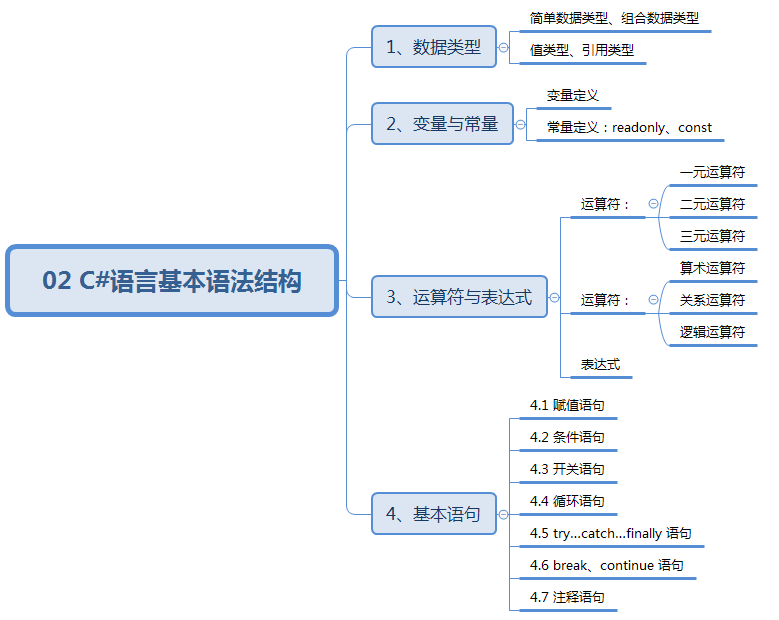
C# 语言的基本语法结构
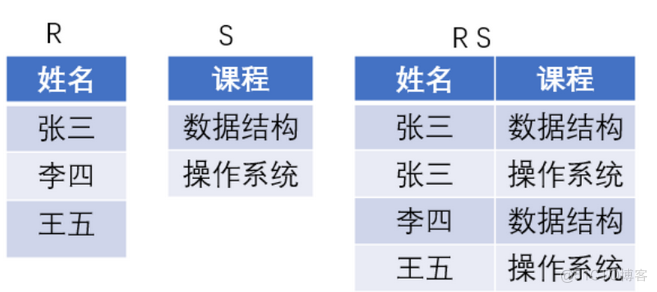
#夏日挑战赛#数据库学霸笔记,考试/面试快速复习~
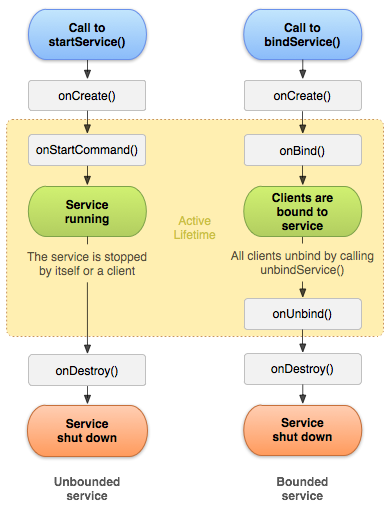
5年经验Android程序员面试27天,2022程序员进阶宝典
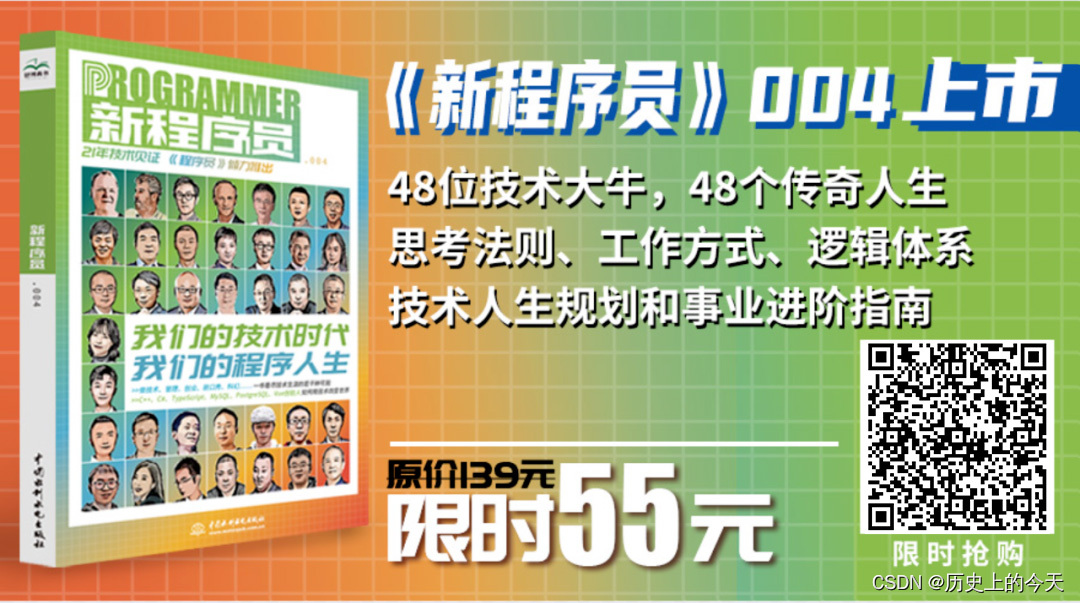
【历史上的今天】7 月 5 日:Google 之母出生;同一天诞生的两位图灵奖先驱
Mysql如何对json数据进行查询及修改

如何快速进阶自动化测试?听听这3位BAT大厂测试工程师的切身感想....

测试外包公司怎么样?
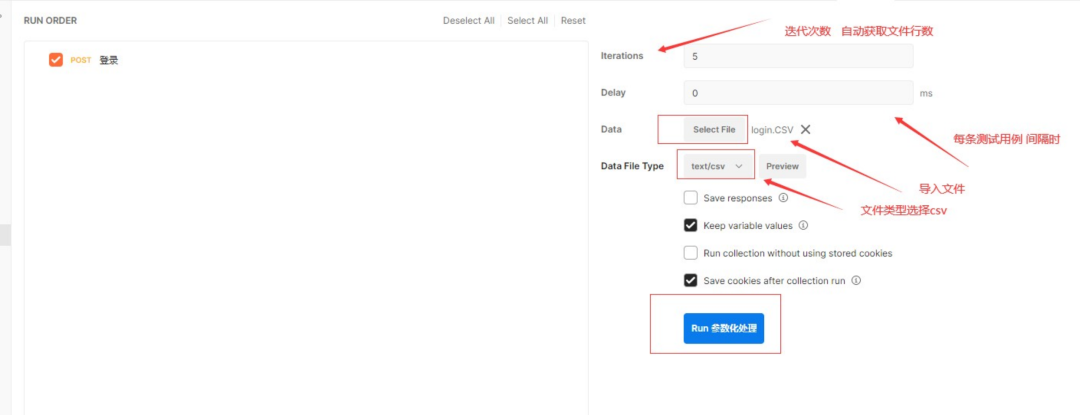
Postman核心功能解析-参数化和测试报告
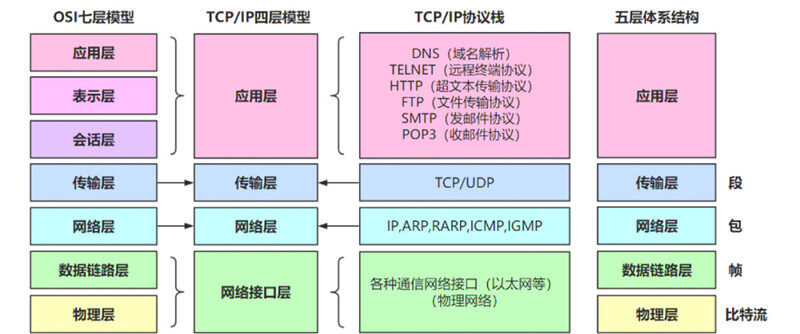
Technology sharing | common interface protocol analysis
随机推荐
Thoroughly understand why network i/o is blocked?
MMO项目学习一:预热
[today in history] July 5: the mother of Google was born; Two Turing Award pioneers born on the same day
Go语言学习教程(十六)
Go语言 | 01 WSL+VSCode环境搭建避坑指南
Redhat7.4 configure Yum software warehouse (rhel7.4)
Fuzor 2020 software installation package download and installation tutorial
Hiengine: comparable to the local cloud native memory database engine
Postman核心功能解析-参数化和测试报告
【AI 框架基础技术】自动求导机制 (Autograd)
Analysis of postman core functions - parameterization and test report
JS解力扣每日一题(十二)——556. 下一个更大元素 III(2022-7-3)
Shang Silicon Valley Shang preferred project tutorial release
Debezium系列之:修改源码支持unix_timestamp() as DEFAULT value
China law network joins hands to observe the cloud, and the online system is a full link observable platform
Debezium系列之:修改源码支持drop foreign key if exists fk
Golang through pointer for Range implements the change of the value of the element in the slice
自动化测试的好处
100million single men and women supported an IPO with a valuation of 13billion
如何在2022年更明智地应用智能合约?
